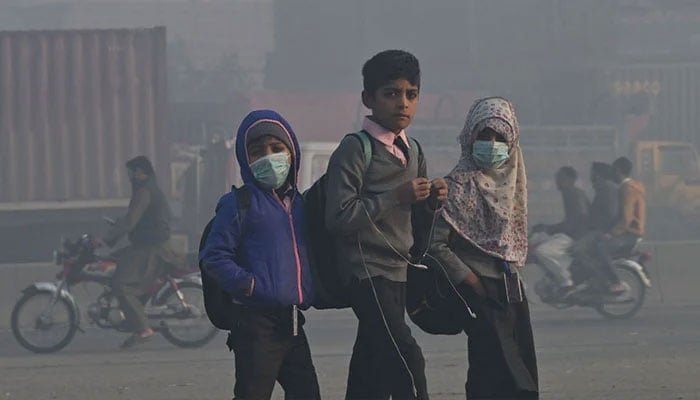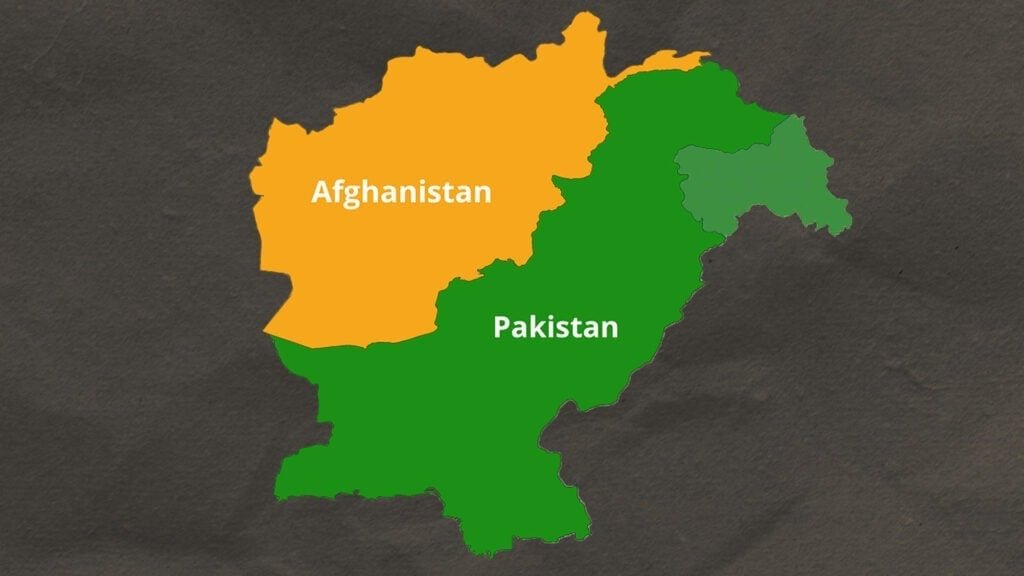Authorities in Punjab, Pakistan, have announced the closure of educational institutions in various regions until November 17, moving to online classes to protect children and address growing pollution levels. This province, which is home to over half of Pakistan’s 240 million residents, had previously shut down primary schools, limited tuk-tuk operations, and closed certain barbecue restaurants in the megacity of Lahore.
During a press conference in Lahore, senior minister Marriyum Aurangzeb explained, “Based on the expected wind patterns and air quality forecasts, we are shutting down all higher secondary schools.” Lahore’s pollution index recently soared to a staggering 1,165, significantly exceeding that of New Delhi, which recorded 299.
Aurangzeb urged citizens, “Please, for your own safety, stay inside your homes.” Medical experts have reported an influx of patients at hospitals and clinics due to unprecedented air pollution, with many experiencing respiratory issues such as coughs and burning eyes.
Additionally, the Punjab government has initiated a “smog war room,” coordinating efforts from eight departments to address the pollution crisis. Officials are analyzing data to manage farm waste burning and traffic, and are considering artificial rainfall as a possible solution.
While Lahore’s pollution levels have improved from last week’s alarming peak of 1,900, which is more than 120 times higher than recommended limits, the situation remains critical. Aurangzeb has indicated that discussions with India are planned concerning pollution sources blowing across the border.
This winter, South Asia is grappling with intense air pollution, a recurring issue as cold air traps dust, smoke, and emissions from agricultural fires. UNICEF reports that nearly 600 million children in the region are exposed to harmful air quality, contributing to a high number of childhood pneumonia deaths.













